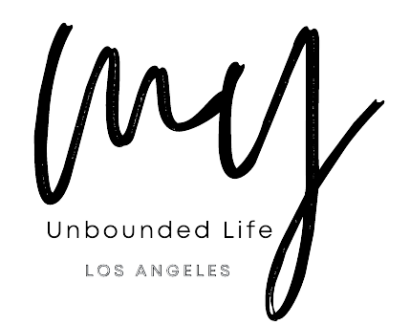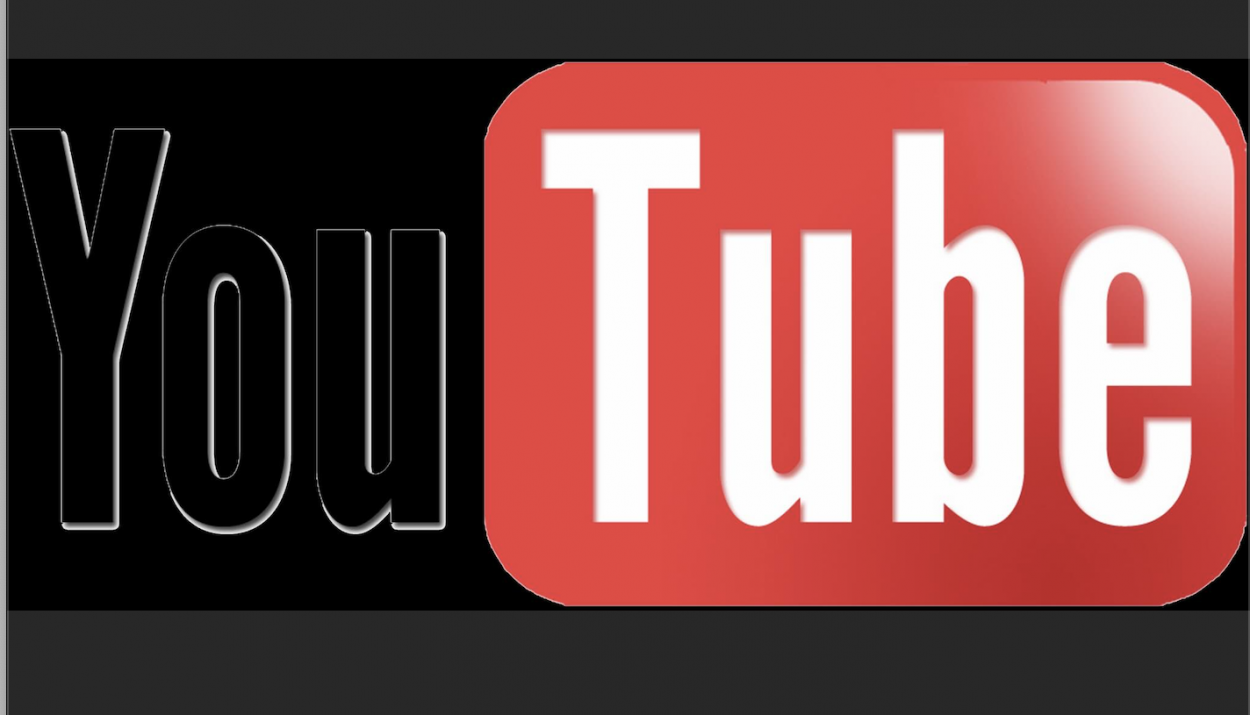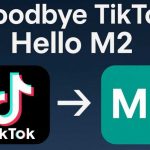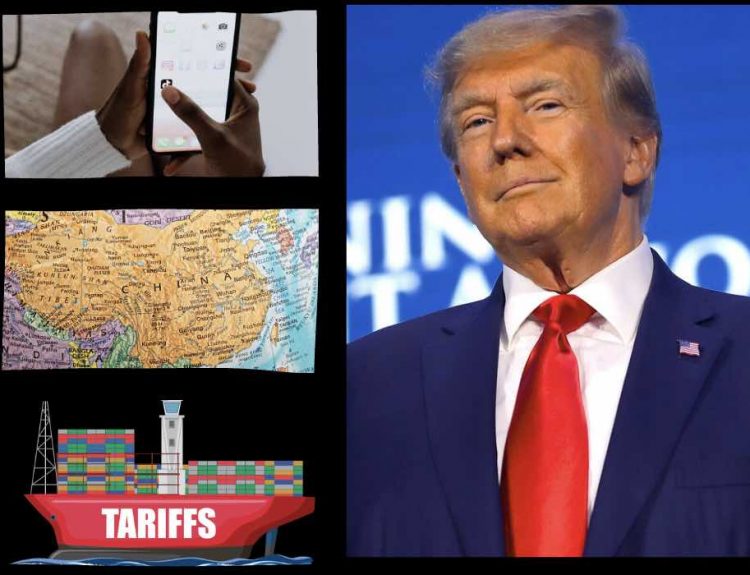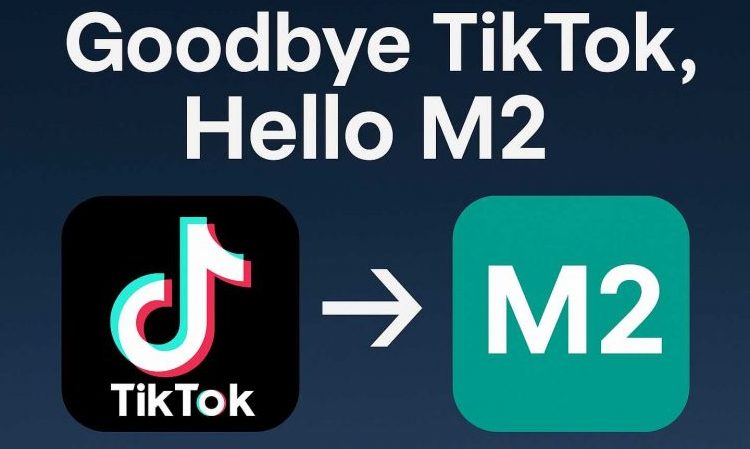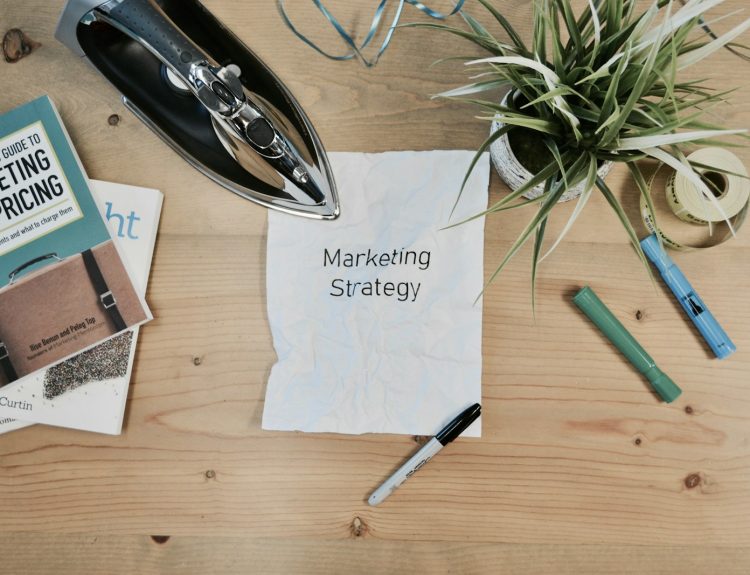If you’re a content creator on YouTube, mark your calendar for July 15, 2025. That’s the day YouTube begins enforcing stricter monetization policies that could significantly impact creators relying on mass-produced, repetitive, or AI-generated content.
This update—although technically not a “new rule”—is part of a broader effort to reduce low-effort, spam-like videos in the YouTube Partner Program (YPP). The platform is making it clear: authenticity and originality are now non-negotiable.
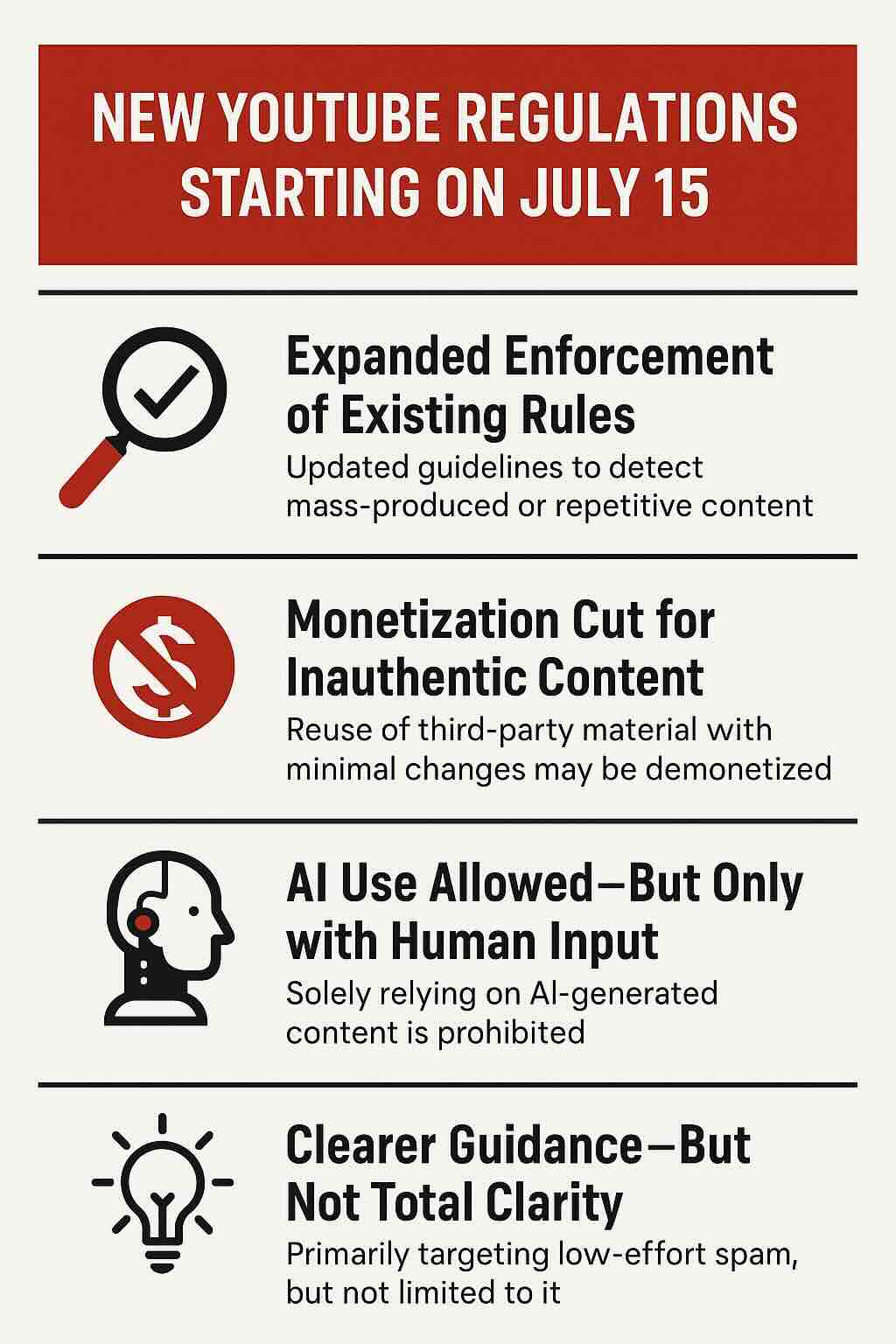
⚠️ What’s Changing on July 15?
While YouTube hasn’t officially introduced new rules, it is expanding its enforcement capabilities to better detect:
- Mass-produced content (such as AI-narrated videos without human commentary)
- Repetitive formats (template-based Shorts, fake trailers, bulk reaction clips)
- Reused third-party content with minimal transformation
If your channel depends on automated scripts, AI voices, or loop-style editing with little or no human storytelling, it could lose monetization—or be denied entry to the YPP altogether.
✅ What YouTube Will Still Allow
Creators can still use AI tools, but the key is human input. Your video must add value—such as:
- Personal commentary or storytelling
- Original editing or visual interpretation
- Analysis, humor, or voiceovers that reflect your perspective
YouTube clarified that reaction videos, compilations, and commentary channels are not being targeted—as long as they are creative, transformed, and not spammy or robotic.
🧠 What Should Creators Do Now?
Before July 15, take a moment to review your channel:
- Audit your library: Identify videos that rely on reused content, generic narration, or overly templated visuals.
- Add personal touches: Even if you use AI, make sure your voice, story, or insight comes through loud and clear.
- Delete or unlist questionable content that may jeopardize your monetization status.
- Stay updated: YouTube will likely continue tweaking how it flags content—keep an eye on Creator Insider or the YouTube Blog.
🧭 Who Will Be Hit the Hardest?
According to community reports and YouTube creator liaisons, the creators most at risk include:
- AI-narrated slideshow channels
- “Top 10” or facts-style accounts using rehashed info
- Shorts accounts churning out identical edits across multiple videos
- Fake or misleading trailers and “stream now” looped clips
In short: if YouTube thinks your content is inauthentic or mass-generated, you’re now in the spotlight.
🧬 Why It Matters
This move is part of a larger trend across digital platforms. As AI tools like ChatGPT, Sora, and others become more common, platforms are scrambling to preserve content quality. YouTube wants to make sure viewers get real, valuable videos—not just algorithm-fed filler.
For creators who do put in the effort, this could actually be good news. Fewer low-effort uploads mean higher CPMs and better discoverability for those who remain authentic.
✨ Bottom Line
This YouTube July 15 monetization update is less about banning AI and more about enforcing creativity. If you’ve been posting with care, originality, and a human voice—this policy will probably help you.
But if you’ve been taking shortcuts, the time to adapt is now.
💬 Frequently Asked Questions About the YouTube July 15 Monetization Update
Q: If I use AI-generated voiceovers, will I lose monetization?
A: Not automatically—but if your video is just an AI voice reading text with no added value (like storytelling, commentary, or unique visuals), it might be considered “mass-produced.” YouTube wants your voice—even if it’s supported by AI.
Q: I make reaction videos. Am I in trouble?
A: No—as long as your reactions are original, transformative, and not just you sitting silently or barely responding. If you add commentary, humor, or analysis, you’re fine. Low-effort reactions or repeated formats could be at risk, though.
Q: I use templates or the same editing style over and over—will I still be monetized?
A: You can use templates, but your content must still be original and engaging. If all your videos look and sound exactly the same, YouTube might consider it repetitive. Add variety and a human touch to stay safe.
Q: What if I post daily shorts that are very similar in style?
A: Posting frequently is fine, but if the content is too similar or formulaic, it could be flagged. Try rotating your themes, formats, or commentary to avoid being labeled “repetitive.”
Q: I use clips from other videos with credit. Is that still allowed?
A: Simply crediting the original creator is not enough. You must transform the clip—add voiceovers, editing, commentary, or educational value. Otherwise, it’s considered reused content and could lose monetization.
Q: Will my channel get deleted if I break this rule?
A: No, but YouTube may remove your channel from the Partner Program (YPP) until your content meets the updated standards. You can reapply later after making changes.
Q: What’s the difference between using AI and being “mass-produced”?
A: Using AI to assist is fine. But relying on it to fully create videos—without your voice, vision, or creativity—crosses into “mass-produced” territory. Think of AI as a tool, not the creator.
Q: How do I know if my content is at risk?
A: Ask yourself:
- Is this something only I could have made?
- Did I add personal perspective or value?
- Would a viewer recognize my voice/style?
If the answer is “no,” consider updating your approach.
Oejitv, CC BY-SA 4.0, via Wikimedia Commons
